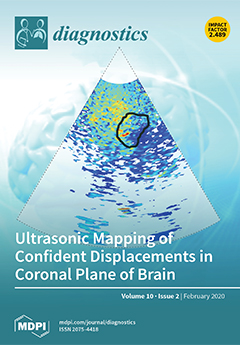Objective: Despite the promise of PARP inhibitors (PARPi) for treating
BRCA1/2 mutated ovarian cancer (OC), drug resistance invariably develops. We hypothesized rationale drug combinations, targeting key molecules in DNA repair pathways and the cell cycle may be synergistic and overcome acquired PARPi resistance.
[...] Read more.
Objective: Despite the promise of PARP inhibitors (PARPi) for treating
BRCA1/2 mutated ovarian cancer (OC), drug resistance invariably develops. We hypothesized rationale drug combinations, targeting key molecules in DNA repair pathways and the cell cycle may be synergistic and overcome acquired PARPi resistance. Methods: Drug sensitivity to PARPi alone and in combination with inhibitors of key DNA repair and cell cycle proteins, including ATR (VE-821), Chk1 (MK-8776), Wee1 (MK-1775), RAD51 (RI-1) was assessed in PARPi-sensitive (UWB1) and -resistant (UWB1-R)
gBRCA1 mutant OC cell lines using a cell proliferation assay. The Bliss synergy model was used to estimate the two-drug combination effect and pharmacologic synergy (Bliss score ≥ 0) or antagonistic (Bliss score ≥ 0) response of the PARPi in combination with the inhibitors. Results: IC
50 for olaparib alone was 1.6 ± 0.9 µM compared to 3.4 ± 0.6 µM (
p = 0.05) for UWB1 and UWB1-R cells, respectively. UWB1-R demonstrated increased sensitivity to ATRi (
p = 0.04) compared to UWB1. Olaparib (0.3–1.25 µM) and ATRi (0.8–2.5 µM) were synergistic with Bliss scores of 17.2 ± 0.2, 11.9 ± 0.6 for UWB1 and UWB1-R cells, respectively. Olaparib (0.3–1.25 µM) and Chk1i(0.05–1.25 µM) were synergistic with Bliss scores of 8.3 ± 1.6, 5.7 ± 2.9 for UWB1 and UWB1-R cells, respectively. Conclusions: Combining an ATRi or Chk1i with olaparib is synergistic in both PARPi-sensitive and -resistant
BRCA1 mutated OC cell models, and are rationale combinations for further clinical development.
Full article






